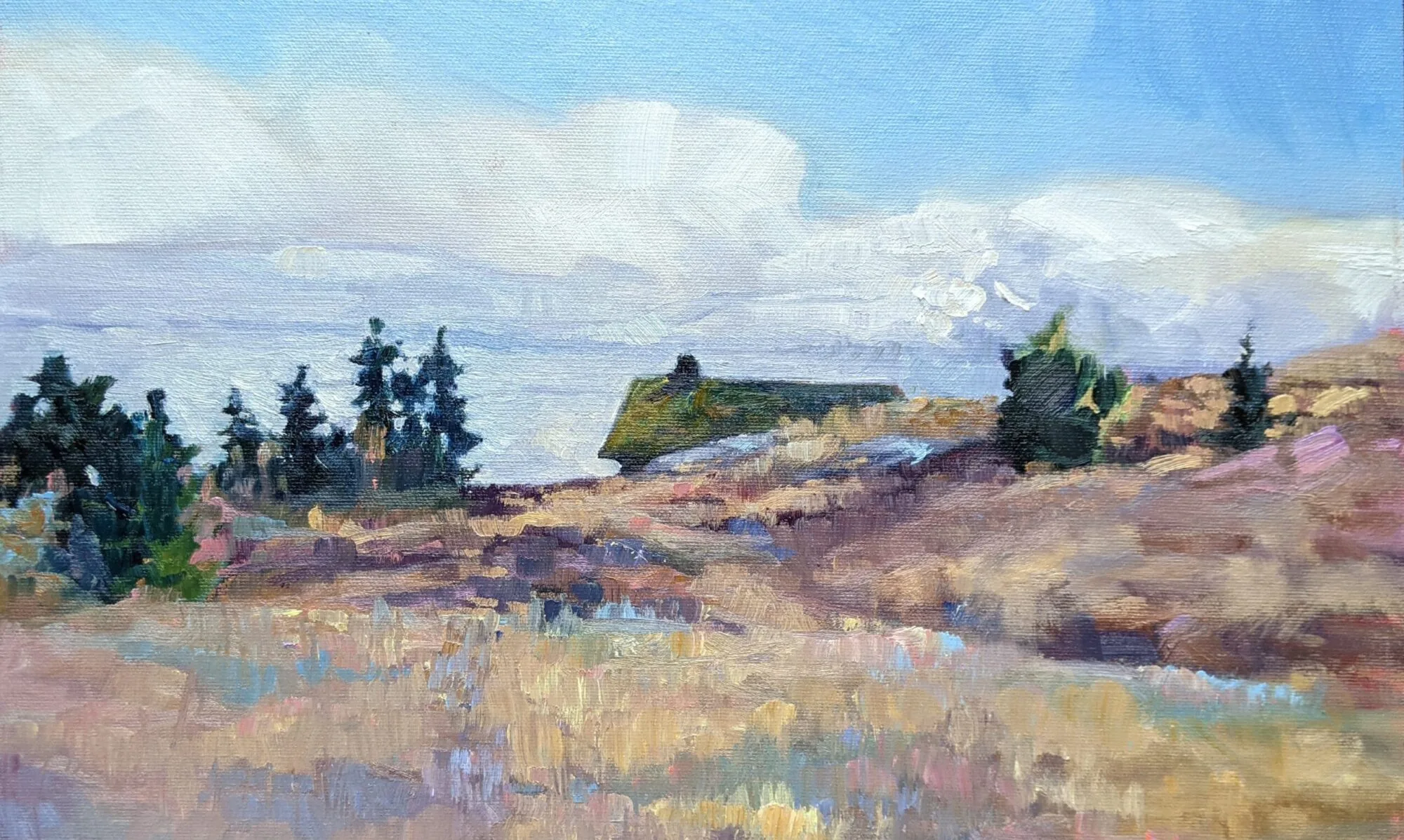Like all artists, I get frequent notices touting upcoming shows. If I am not familiar with them, I’ll look at last year’s entrants and prize winners to see if there is anything interesting there. The second international Art Olympia in Japan interested me. The prizes are big, the institutions it’s affiliated with are legitimate, and the jurying is transparent. But I don’t expect to apply, because I—like many American painters of my age—am too impressionistic for this competition.
People often tell me their goal in studying with me is to become looser. This has been a core principle in American art for a century. The trouble with this kind of universal truth is that, by the time we’ve adopted it, it’s probably outdated.
Often, people who say they want to be looser are conflating that with confidence and proficiency. Confusion and insecurity are what constrict our drawing. Whatever style one wants to work in, one isn’t going to succeed unless one takes the time to learn one’s craft, to draw, and to master one’s materials.
Meanwhile, we live in a very edgy world. Modern society’s hallmark is anxiety. In 2012, roughly 13% of Americans were taking prescription antidepressants (which makes you wonder what value there is in living in such a rich, safe country). We spend lots of time in digital space. Our visual thought is driven by video, not stationary images. Video’s goal is to fool us into believing we’re in real space and time, albeit a very surrealistic dimension. All of that is reflected in the work at Art Olympia.
The art there is part of a larger trend toward surrealism. I like reading magical realism, so I’ve often wondered why I have no interest in painting it. Part of the problem is that to do it successfully, you must be fantastically detailed, as was Salvador Dalí. More importantly, I’m with JRR Tolkien in not wanting to amplify the anxiety of the current world with morbid paintings.
Since 2015 was the first Art Olympia show, it’s not surprising that the prizes went largely to Japanese artists. The American work is comical in comparison, falling on the side of being overly political and artistically naïve. But overall the work is sophisticated, well-realized, and perfectly executed. It’s well worth spending some time browsing through the 2015 winners. You can find them here.
